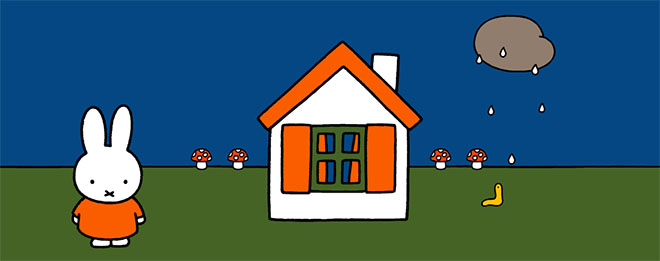This week, Jackie Antig interviews Scott Brewer, the CTO and Cofounder of Art Processors.
Name: Scott Brewer
Website: http://artprocessors.net
Twitter: @ArtProcessors
Scott Brewer is the CTO and Cofounder of Art Processors, a company which designs and develops innovative mobile applications and content delivery systems for cultural institutions. The technology they’ve built has completely removed wall labels from the visitor experience. Imagine that!
Their first mobile museum guide app, The O, at the Museum of Old and New Art (MONA) in Tasmania, runs on an iPod that is provided to every visitor. The O lists which artworks are near you as you walk throughout the museum, allowing you to decide which object to see next, generating a more exploratory museum experience. Each artwork in the app comes with an extensive bundling of rich content varying between curator commentary, personal emails and interviews with the artists and food-for-thought starters. We ultimately tailor what we learn and discover with what we find engaging and relevant with each work of art.
The O relies on data to feed content about the artworks and to identify where the visitor is within the building. It also generates a lot of information about individual visitor and collective audience behaviour. Scott Brewer talks to us about museum data, technology and of course, a little bit about art.
Museum data usually refers to a museum’s collection. How has Art Processors re-invented data in the museum context?
I believe we’ve made the data a museum has on offer available to the visitor in a way that hasn’t been previously achievable and that’s been our biggest re-invention. When you go down to MONA (as an example), as a visitor you’re now able to access so much more content about works than is usually on offer in a more traditional setting.
It is strange, but by removing the wall label we’ve actually been able to increase the information available to visitors and make the aesthetic of the museum more focused on the works and less on the content. Win!
What excites you about the potential for this data? Are there things you’re cautious about too?
I think the most exciting thing about freeing this data is that it offers the visitor a more engaging and personal experience. The visitor is free to take in the works and then only seek out the information on those that they want to engage with; instead of being forced to read large wall texts that don’t hold interest, a museum can put that information onto a device for visitors and provide them with more works to view.
Are there plans to translate the personal data visitors kick up from their visit into shareable online content?
Funny you should mention it, we’re currently in the middle of working on improving user feedback within our platform!
The amount of research that takes place in ways to provide this functionality is staggering. Giving the visitor the chance to respond without bias and in a simple and intuitive way isn’t the easiest problem in the world to solve! Then there is the question of what to do with the content the visitor is creating and who owns it all.
So many questions to answer. We’re planning on putting new aspects of our software into beta later this year that will have some of these features, then we can start testing them on a small scale before rolling them out en masse. We are really excited about some of the possibilities that come with great user generated content though so hopefully we’ll get it done right.
Name an art movement or artist whose ideas about creation inspire your own take on building new products.
As anyone who knows me well knows I’m slightly obsessed with Dick Bruna. His use of colour and line just amazes me. His minimalist style is definitely an inspiration to me in most everything I do.
Although a lot of people probably write him off as simply being an author of childrens books, for me his ability to get it so right in such a succinct manner is something that more people should consider (especially in software development!).

Learn More: Take a quick glance at the Art Processor’s video about The O for an overview. For a more leisurely stroll through the experience, jump over to Seb Chan’s account of using it first hand.
—
About our Ambassador // Jackie Antig is a product innovator who doubles as a wordsmith and visual designer. Insatiably curious, data junkie. Works in the trenches. Connect with her on Twitter @jantig.



